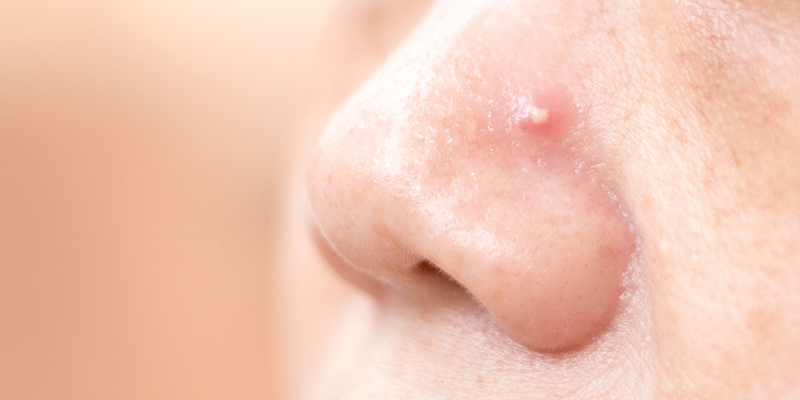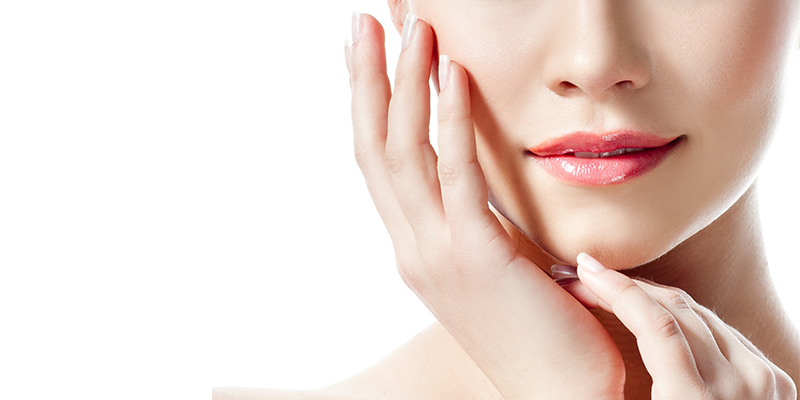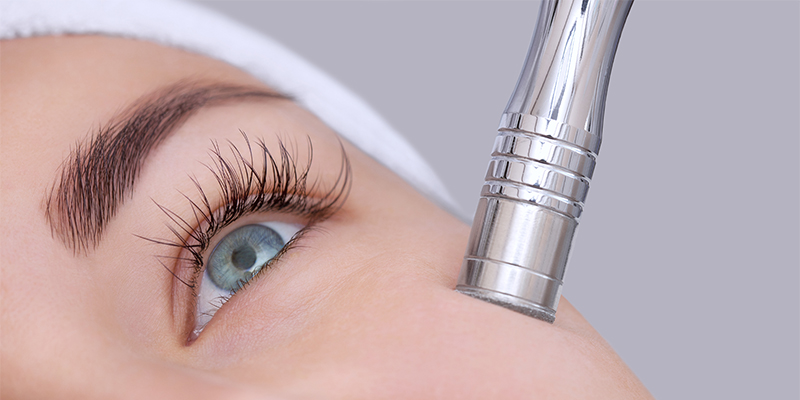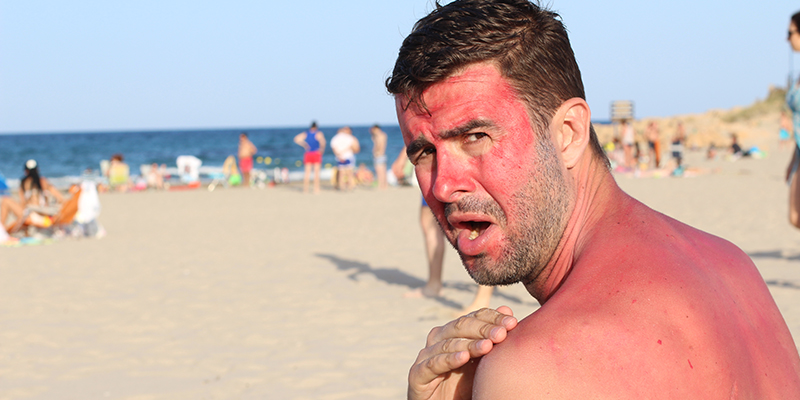Vitiligo – Know It’s Causes, Symptoms & Treatments
If you find yourself suddenly developing patches on your skin that are lighter than your regular skin colour, chances are you have Vitiligo. While there may not be a cure, there are a few Vitiligo treatments and preventive methods to control its spread.
What Is Vitiligo And Who Can Get It?
Vitiligo is a skin disorder where the skin starts to lose pigment in certain areas and white patches start to appear. This occurs when skin cells are destroyed making it incapable for the skin to produce melanin.
Vitiligo can happen to anyone, irrespective of their age, race, gender, and ethnicity. People often develop Vitiligo spots in their 20’s, but it can start at any age. It can affect all races and gender, although it is more visible amongst people with dark skin.
Also Read: Consult Dermatologist To Avoid Vitiligo
Common places for Vitiligo patches to appear are:
- Arms
- Hands and feet
- Face (lips and nostrils are very common)
- Armpit
- Groin region
- Navel
Vitiligo is very common disease and it affects 1 in 100 people.
Different Types Of Vitiligo
There are two types of Vitiligo
- Generalized– It appears all over the body.
- Segmental– Occurs on one part of the body.
What Causes Vitiligo?
The main cause for Vitiligo is unknown. Although there are a few speculations:
- Autoimmune disease- Sometimes the immune system can randomly attack parts on its own body. This attack can hurt or damage skin cells causing Vitiligo.
- Hereditary Reasons- It is known to be passed down from generation to generation. There is a high probability of having this skin condition if your close relative suffers from Vitiligo. Around one-fifth of Vitiligo patients have contracted this skin disease from a family member.
- Excessive sun exposure- Sun damage can cause pigment loss in the body. Sunburn can also create patches of white skin after the burn has healed.
Also Read: How To Protect Skin From The Sun?
Difference Between Vitiligo And Leukoderma
It is often difficult to distinguish between the two diseases since they both have similar symptoms. The main difference between the two is the underlying cause.
Vitiligo is caused due to emotional trauma, autoimmune disease, recurrent phases of jaundice, hormonal changes etc.
However, Leukoderma is a skin disease that occurs only after a physical trauma.
Signs And Symptoms Of Vitiligo
The only physical and visible symptom of Vitiligo is the loss of melanin (skin pigment). A person will notice small white patches on their skin if they have Vitiligo. Usually, this skin area is often left uncovered and exposed to the sun. Areas such as the face, hands, arms, neck, and feet are most likely to lose pigment and begin to whiten.
Emotional stress is often seen amongst people who are suffering from Vitiligo as it causes a lot of difficulties adding up to stress while coping with physical changes in their appearance.
Also Read: How To Remove Pigmentation On Face?
How To Avoid The Spread Of Vitiligo?
Although Vitiligo is incurable, once the disease begins to appear, it can be controlled. Vitiligo must be prevented from spreading to other regions of the body.
- Sun safety- Sun damage is the worst if you are suffering from Vitiligo. Try to avoid sun exposure at all costs. Applying sunscreen and wearing clothes that cover you completely will help block harmful UV rays of the sun from falling directly on your skin.
- Say no to stress- Stress can cause a hormonal imbalance and bring down a cascade of negative emotions causing Vitiligo to flare and spread to other parts of your body. Try to stay calm and take proper rest.
- Avoid chlorinated water- Chlorinated water can increase Vitiligo symptoms. Avoid swimming for long at a stretch.
Vitiligo Treatment Options
Although this skin disease does not have a permanent cure, it can be controlled and prevented.
Unfortunately, Vitiligo does not fade away over time. Given that this disease does not have an accurate cause, you could be following a prevention cycle for an indefinite period of time. No drug can stop the progress of Vitiligo, but it can help prevent it from spreading further.
There are some topical medications that can help with the restoration of melanin on your skin:
- Corticosteroid creams can be used to help return some natural skin tone, especially if it’s used at the first signs of Vitiligo. Although you may not see any visible changes instantly, results will show over several months of use.
- Ointments containing pimecrolimus and tacrolimus have shown positive results with small areas of melanin loss. It is used to treat areas such as neck and face.
Disclaimer:
This article provides medical information about various procedures for awareness purposes only. We want to help you know about the various treatment options beyond the services available at Oliva Skin & Hair Clinic. We request you weigh the pros and cons of these aesthetic practices and make an informed decision about your skin and hair health.
Also Read: What Are The Common Skin Diseases Treated By Dermatologist?
Vitiligo Prevention Tips
Vitiligo patches have often been found in patients who frequently tan or expose their skin to the sun for prolonged periods of time. It is very important to use the following tips to prevent Vitiligo.
- Plenty of B12 and Folic acid- Certain vitamins and minerals can aid the prevention of Vitiligo. Multiple deficiencies can cause Vitiligo to occur. Taking certain supplements may prevent this from happening. An intake of B12, Zinc, Copper, Folic Acid and Vitamin E are beneficial.
- Stop skin damage- Vitiligo can increase if the skin is bruised, hurt, or burnt. Such actions will cause the pigment cells getting destroyed, making it difficult for them to replenish.
- No insecticides and pesticides- Skin contact or the ingestion of harmful pesticides, antibiotics, and conventional farming insecticides are very dangerous and can trigger Vitiligo. These chemicals can attack the immune system and harm the skin cells.
FAQ’s
Is sun exposure harmful on vitiligo spots?
Yes, exposing your skin to the sun can be damaging to your Vitiligo spots. Your skin can become highly sensitive and excessive sun exposure can spread Vitiligo. Please cover the affected areas and apply a thick layer of sunscreen before stepping outside.
Are All White Spots Vitiligo?
No. White spots are a symptom of several skin diseases. Diseases such as pityriasis alba, lupus erythematosus, tinea versicolor, post-inflammatory hypomelanosis, and leprosy can all cause white spots on the skin. Some people are allergic to sunlight, and that can trigger white patches on the face as well.
Why Is It Important To Treat Vitiligo?
Vitiligo may not be a contagious, painful or dangerous skin disease, but it must be controlled and treated as it can spread and increase the chances of autoimmune diseases, skin cancer, hearing loss and eye problems.
If your skin begins to show symptoms of Vitiligo, fret not as there are plenty of treatments that can control Vitiligo. Make an appointment at Oliva today and start your Vitiligo treatment before it spreads and causes other health problems.















